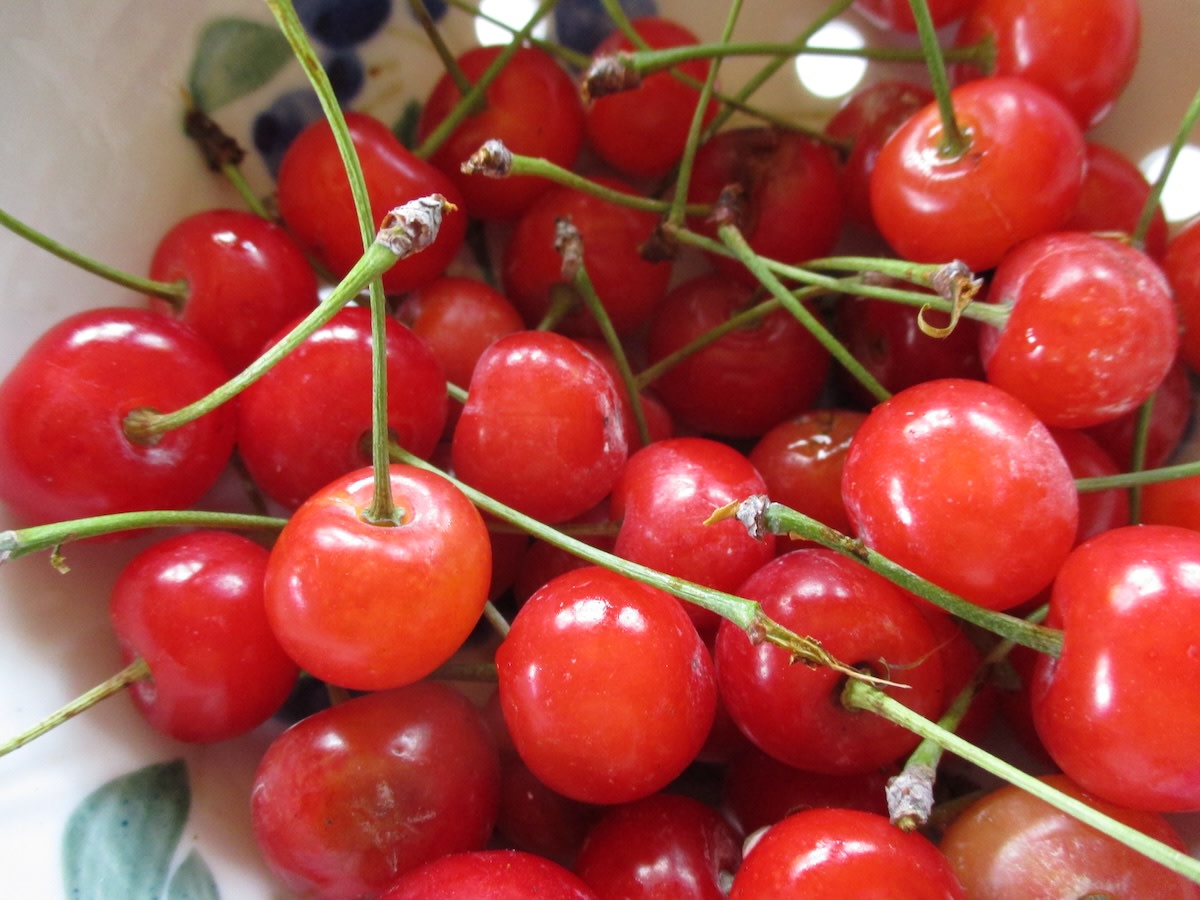Native to the Mediterranean, Iran and parts of central Asia where it is cultivated for its fragrant seeds, which are ground into a bitter almond-flavored spice for breads and pastries. The species name comes from haleeb, the Arabic word for ‘milk’ and it is often grown as an ornamental for its strongly fragrant milky white spring flower racemes with up to 10 blooms in each. Leaves differ from other cherry species: small, round, glossy and smooth with serrated edges. We’ve noticed them hang on and stay green and vibrant after many hard frosts. Small dark purplish-black fruits are too bitter for human consumption. Bark, wood and seeds contain coumarin, the same anti-inflammatory compound found in cinnamon. Hardy and adaptable to various soil types.
Widely used as a rootstock for sweet and pie cherries. Z4. Maine Grown. NEW! (3-6' bare-root trees)
Items from our perennial plants warehouse ordered on or before March 7 will ship around March 31 through late April, starting with warmer areas and finishing in colder areas. Orders placed after March 7 will ship around late April through early-to-mid May, in the order in which they were received.




